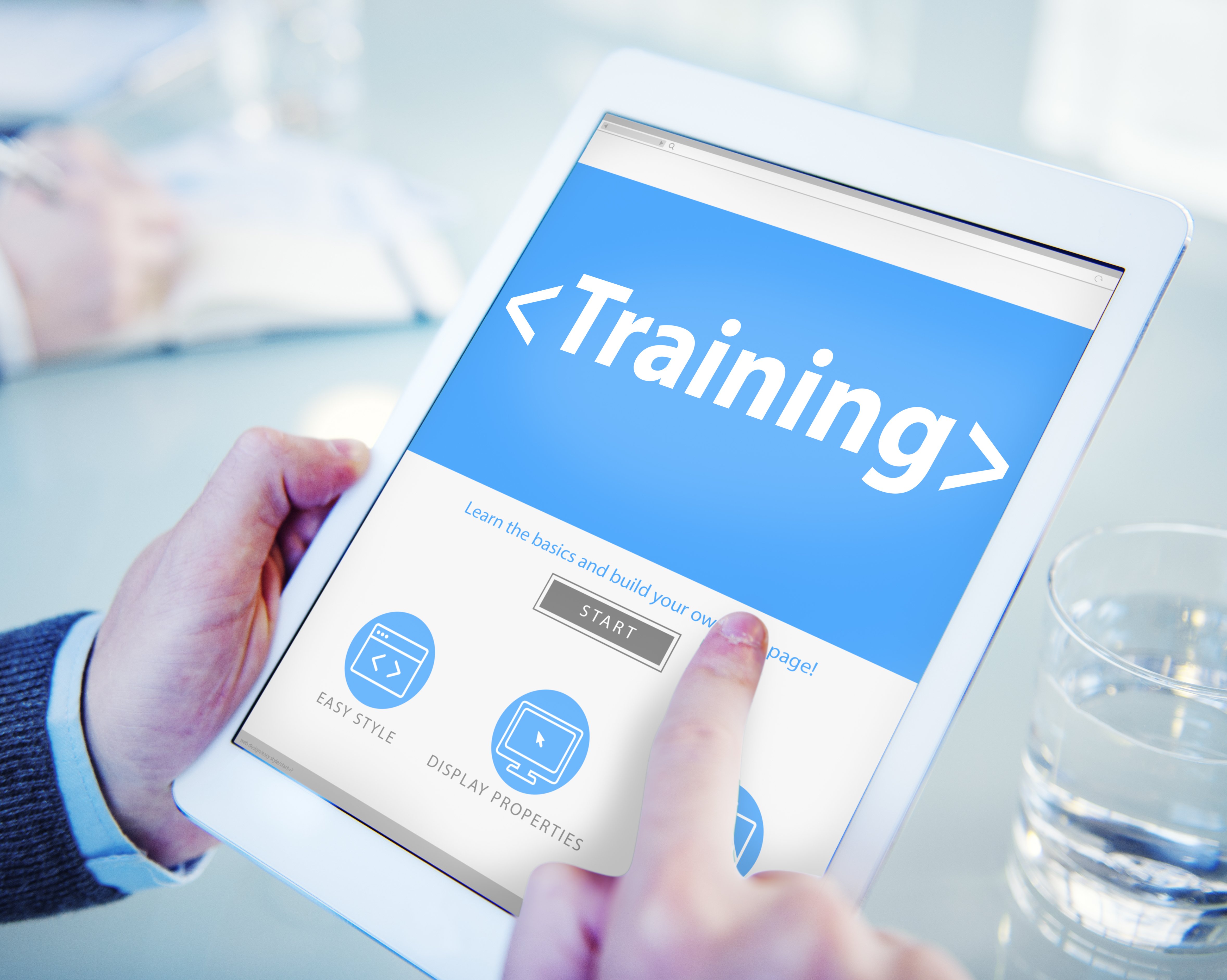Sales enablement can be a confusing term. Sales enablement software providers, analysts, and journalists often focus on different areas and provide varying definitions.
Let’s take a moment and use this simple definition of sales enablement:
“Sales enablement is a strategic approach, involving not just Sales and Marketing but also people from other functional areas like Customer support and Field Services. When implemented effectively, sales enablement equips an organization’s sellers with the necessary tools and resources, especially informative and educational content, to engage buyers.”
Sales enablement typically includes these activities:
- Onboarding and ongoing training/coaching of sales staff.
- Delivering the right sales materials at the right time to move the sales forward in the pipeline.
- Enabling buyers to self-educate before they reach out to your sales teams.
- Providing metrics and analytics back to content creators, marketers, and executives to refine tactics and determine program impact.
For this article, lets focus on the key components of sales training and coaching.
Onboarding Sales Reps
New salespeople, regardless of their level of experience, have a lot to learn when they join a new business. For example, review this simple list:
- What business problem is your product/services solving?
- What sales methodology are you using?
- What CRM tools and processes are in place?
- How do they listen for pain points your product/solution can solve?
- How do they articulate the value of your solutions?
- How do they demonstrate your solutions?
- Who are the internal teams and individuals that will assist them through the sales cycle.
- And much, much, more.
While their previous experiences will help, they still have a lot to learn. Your sales enablement team should have a consistent training program with milestones allowing the sales people to demonstrate their competency in each key area.
The training should be appropriate to what they are trying to accomplish and be delivered through a mix of online and in person approaches.
Perhaps most importantly, the training should be constantly evolving to match new solutions, new personas, new industries, and all other changes taking place in your business and marketplace.
Sales Coaching and Continuous Training
While there is a great deal to learn when a new salesperson joins the business, there even more training and coaching required once they are up to speed and working with prospects and customers.
Download The Ultimate Sales Coaching Guide
We know that 87% of training content is forgotten within 30 days of the training itself. We also know that businesses, the markets within which they operate, the competition, and the needs of customers and prospects alike continue to evolve.
Businesses that fail to provide ongoing training and coaching support are doomed to fail.
- Your sales enablement team must extend the work they do during the onboarding process to ensure that the content and verification processes are available post onboarding. Salespeople should have easy access to this knowledge to reinforce learning.
- As your onboarding process evolves it is important that you essentially re-onboard salespeople to ensure that they are aware of these changes and remain as knowledgeable as new hires.
- As performance gaps are identified at the individual or team levels, new training materials should be developed. For example, if you are finding that your teams are diving into product demonstrations too soon, failing to perform proper discovery, put training content and coaching in place to fix this problem.
- Sales leaders must mentor staff, evaluating their effectiveness in all phases of sales. While team-level coaching is great, one-on-one coaching is necessary to ensure that every salesperson reaches their peak performance levels.
Just-in-time Learning
Let’s face it, we are all extremely busy and we fail to prepare for prospect meetings adequately. This is why just-in-time learning is critical for salespeople. If you are on a plane, a train, or taking an Uber/Lyft, you have time to brush up and prepare to make a great impression.
This preparation needs to go beyond reviewing the data in your CRM system. This time can be used to brush up on solution knowledge, your demonstrations skills, and any other areas where a little more practice time will help.
According to a Washington Post story from 2016, Steph “Curry shoots around 2,000 shots a week: He takes a minimum of 250 a day, plus another 100 before every game“.
It is this ongoing practice and dedication to perfection that has led him to become one of the greatest basketball players of all time.
If you want to a great salesperson, or even an average salesperson trying to keep up with the greats around you, you need to put in this same effort towards your skills development.
Let’s get out there and take a few shots.
Download The Ultimate Sales Coaching Guide to learn more!


